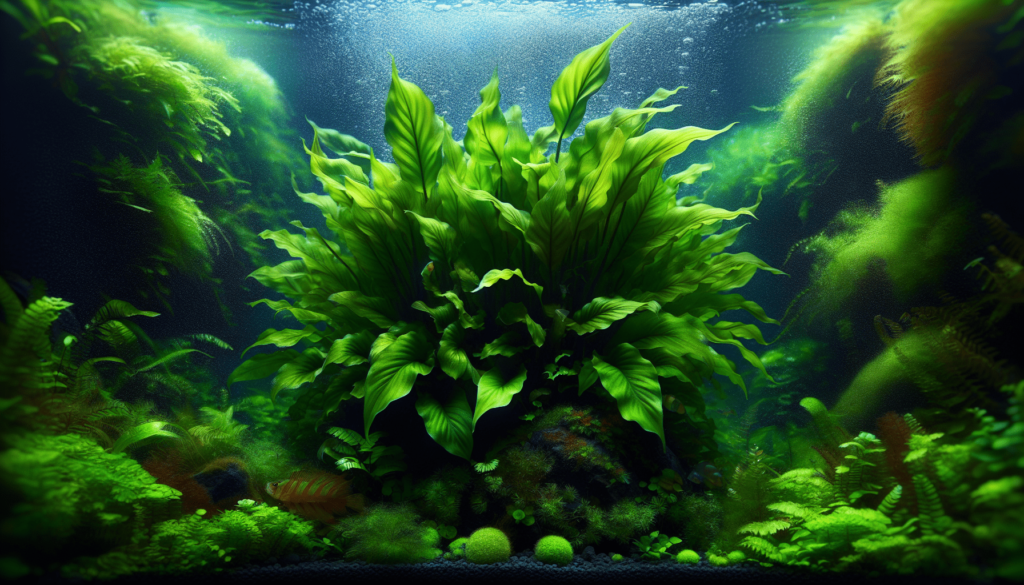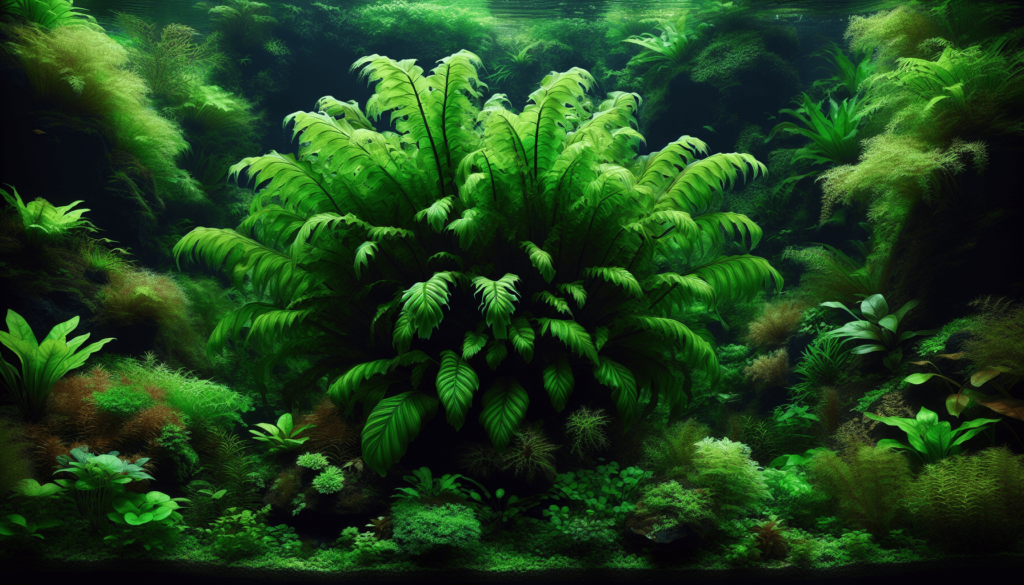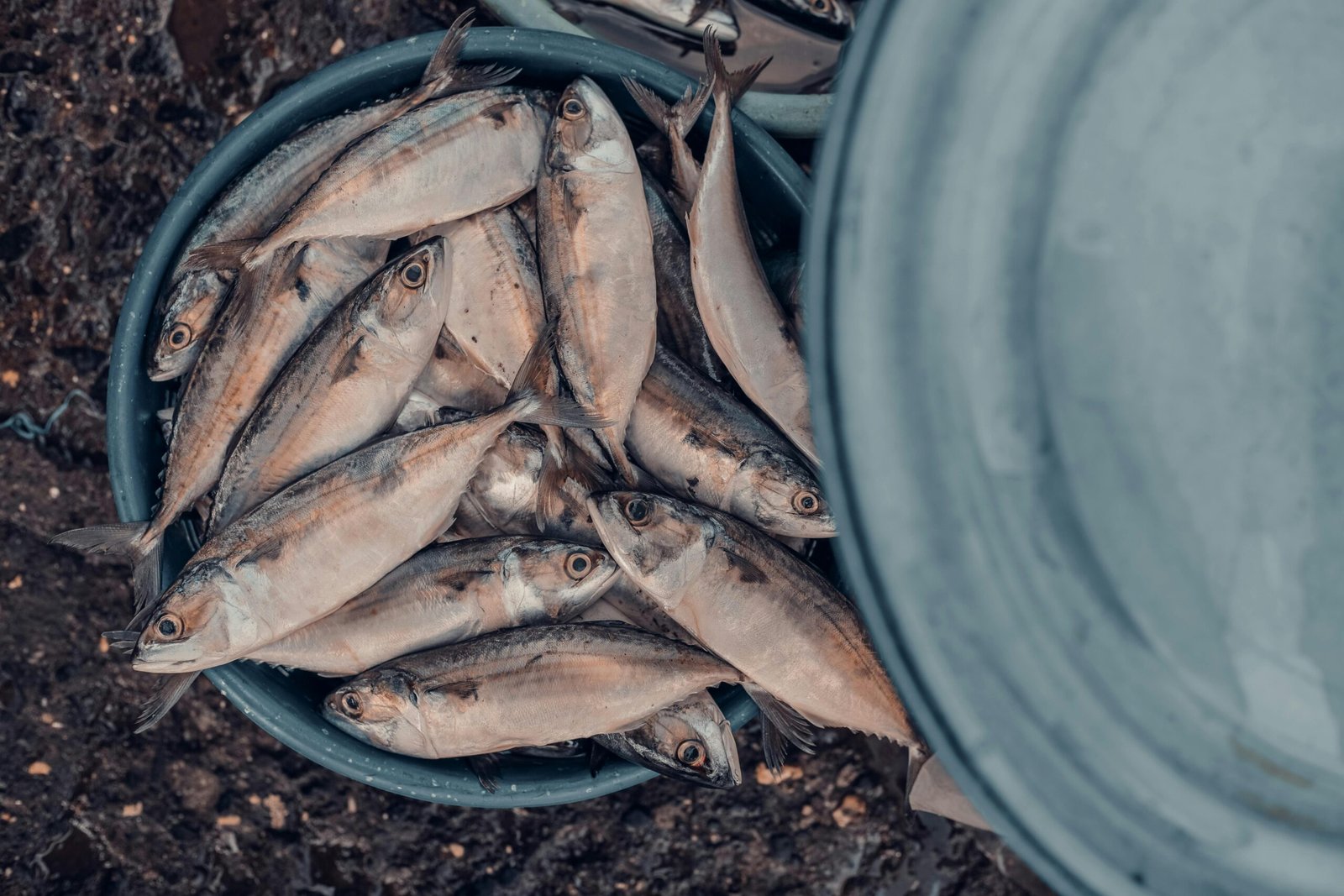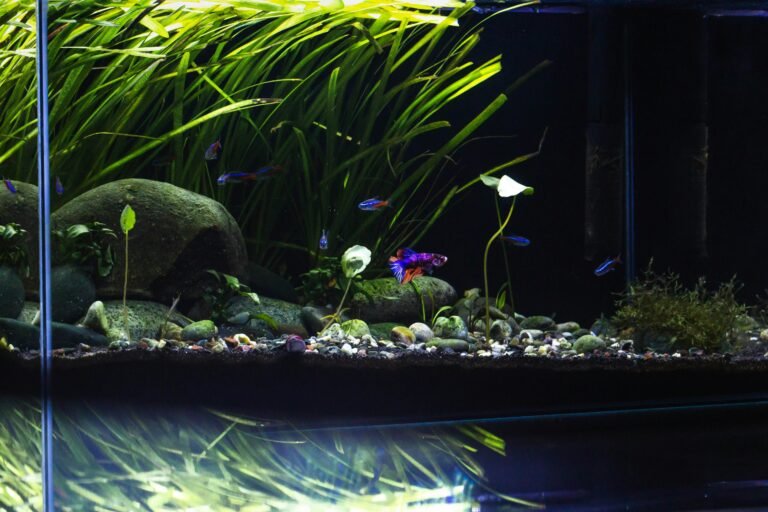Have you ever wondered how to make your aquarium look like a beautiful underwater garden? Imagine having a fish tank that looks like a miniature forest or a magical underwater world! In this article, we’ll explore how to use aquascaping plants to create vibrant and stunning aquariums.
What is Aquascaping?
Aquascaping is like gardening but inside a fish tank. Instead of flowers and trees, you use aquatic plants, rocks, and decorations to create beautiful landscapes underwater. Aquascaping isn’t just about making your aquarium pretty; it’s also about creating a healthy environment for your fish to live in.
A Brief History of Aquascaping
Aquascaping started gaining popularity in the 1990s, but the idea of decorating aquariums has been around for much longer. People in Japan started using plants and special techniques to create peaceful underwater scenes. This style is known as the “Nature Aquarium” style, made famous by Takashi Amano. He used lots of plants and carefully arranged rocks and driftwood to create natural-looking forests and hills inside aquariums. Over the years, aquascaping has evolved and spread all over the world.

Why Aquascaping Plants are Important
The plants in your aquarium don’t just look nice; they also help to keep the water clean. They take in harmful chemicals and produce oxygen, which is good for your fish. Plants also offer hiding spots for shy fish and can make your fish feel more at home, reducing their stress.
Types of Aquascaping Plants
There are many kinds of plants you can use in aquascaping. Let’s look at some of the most popular ones:
Foreground Plants
These are the plants you put at the front of the tank. They are usually small and grow close to the ground, like a green carpet.
- Dwarf Hairgrass: This plant looks like tiny blades of grass and grows quickly, making it perfect for creating green carpets.
- Java Moss: This is a soft, spongy plant that can grow on rocks and wood.
Midground Plants
These plants are a bit taller and go in the middle of the tank. They add depth and layers to your aquascape.
- Anubias: This plant has broad leaves and can be attached to rocks and wood.
- Cryptocoryne: These plants come in various shapes and sizes and are known for their colorful leaves.
Background Plants
These plants grow tall and are placed at the back of the aquarium. They create a backdrop for the rest of the aquascape.
- Vallisneria: This plant looks like long green ribbons and can grow very tall.
- Amazon Sword: This plant has large, sword-shaped leaves and can grow quite big.

How to Choose the Right Plants
Choosing the right plants depends on various things like your tank size, the type of fish you have, and how much light and nutrients you can provide. Here are some things to consider:
Tank Size
Smaller tanks need smaller plants. In big tanks, you can mix plants of different sizes to create a more layered look.
Light Requirements
All plants need light, but some need more than others. You have to choose plants that match the amount of light your aquarium gets.
Water Conditions
Some plants like soft water, while others prefer hard water. Make sure the plants you choose can live in the same water conditions as your fish.
Setting Up Your Aquascape
Now that you know what plants you want, let’s talk about how to set up your aquascape.
Step 1: Plan Your Design
Before you start, it’s a good idea to draw a plan of how you want your aquarium to look. Think about where you will place each type of plant.
Step 2: Prepare the Tank
Clean your tank and add a layer of substrate at the bottom. Substrate is the material your plants will grow in. It could be gravel, sand, or special aquarium soil.
Step 3: Add Hardscape
Hardscape includes things like rocks and driftwood. Place these in your tank first because they will anchor your plants and create the structure for your aquascape.
Step 4: Planting
Start by planting the foreground plants first, then the midground plants, and finally the background plants. Make sure to bury the roots properly so they can grow well.

Caring for Your Aquascape
Once your aquascape is set up, you need to take care of it to keep it looking beautiful.
Lighting
Make sure your plants get enough light. Most aquariums need 8-12 hours of light each day. You can use special aquarium lights that provide the right kind of light for plant growth.
Fertilizing
Just like garden plants, aquarium plants need nutrients to grow. You can add liquid fertilizers to the water or use root tabs that you place in the substrate.
Pruning
Plants grow, and sometimes they can get too big or messy. Use scissors to trim your plants and keep them in shape. Pruning also helps the plants to grow better.
Examples of Stunning Aquascapes
The Iwagumi Style
This style uses a few rocks as the main feature and only a few types of plants. It’s a minimalist design, but very beautiful. The focus is on the arrangement of rocks, which are placed in a way that mimics natural landscapes.
The Dutch Style
The Dutch style focuses more on plants than hardscape. It’s like a colorful garden inside your tank with different kinds of plants and lots of colors. Plants are arranged in rows and layers to create a dense, vibrant look.
Current Trends in Aquascaping
These days, more people are experimenting with different styles and techniques. One popular trend is biotope aquascaping, where you try to recreate a specific natural environment, like a river or a lake. Another trend is using unusual materials like clay or special mosses to create unique designs.
Comparing Different Perspectives
Some people think that aquascaping is just art, while others believe it’s a science. It might be hard to say which one is right because aquascaping involves both creativity and knowledge about plants and fish. Creating a beautiful layout that also maintains a healthy environment for fish and plants is the key.
| Aquascaping as Art | Aquascaping as Science | |
|---|---|---|
| Art Focus | Looks and design are most important | Focuses on plant growth and health |
| Techniques | Uses creativity to place plants & rocks | Uses knowledge of plant care, lighting, etc. |
| Goal | Create visually stunning layouts | Make a balanced and healthy ecosystem |
The Impact of Different Perspectives
When people treat aquascaping as art, they experiment with new designs and create stunning visuals. This inspires others but may sometimes overlook the needs of fish and plants. On the other hand, treating aquascaping as science ensures that fish and plants are healthy, but might result in less creativity in design.
It’s important to find a balance between these perspectives to create aquariums that are both beautiful and healthy.
Future Directions and Implications
Predicting Future Trends
In the future, we might see more technology used in aquascaping. For example, automatic water testers and smart lights that change colors could become more popular. These technologies will make it easier to maintain healthy aquariums while still allowing for creative designs.
Broader Implications
Aquascaping is not just a hobby; it teaches us about nature and responsibility. Caring for an aquarium can make you more aware of the environment and the importance of ecosystems. It also encourages patience and creativity. As more people take up this hobby, there will also be a higher demand for sustainable and eco-friendly products.
Conclusion
Recap
We’ve learned that aquascaping is the art and science of creating beautiful underwater gardens in your aquarium. Using the right plants like foreground, midground, and background plants and setting up your aquarium thoughtfully can make a big difference. Aquascaping has a rich history, various styles, and is now embracing new technologies.
Final Thought
So next time you look at your aquarium, think about how you can transform it into a magical underwater world with aquascaping plants. What kind of design will you create? The possibilities are endless, and the joy of seeing your fish swim through a lush, vibrant aquascape is priceless.
Encourage others to join you in this fascinating and rewarding hobby. Who knows? You might inspire the next great aquascaper!
Engagement
Feel free to share your aquascaping journey and designs. Your creativity might inspire others to create their own vibrant underwater gardens.
Credible Sources
- “Nature Aquarium World” by Takashi Amano
- Aquascaping: A Step-by-Step Guide on How to Create Amazing Freshwater Aquariums by George Farmer
- The Aquatic Gardener’s Journal
- www.aquascapinglove.com


